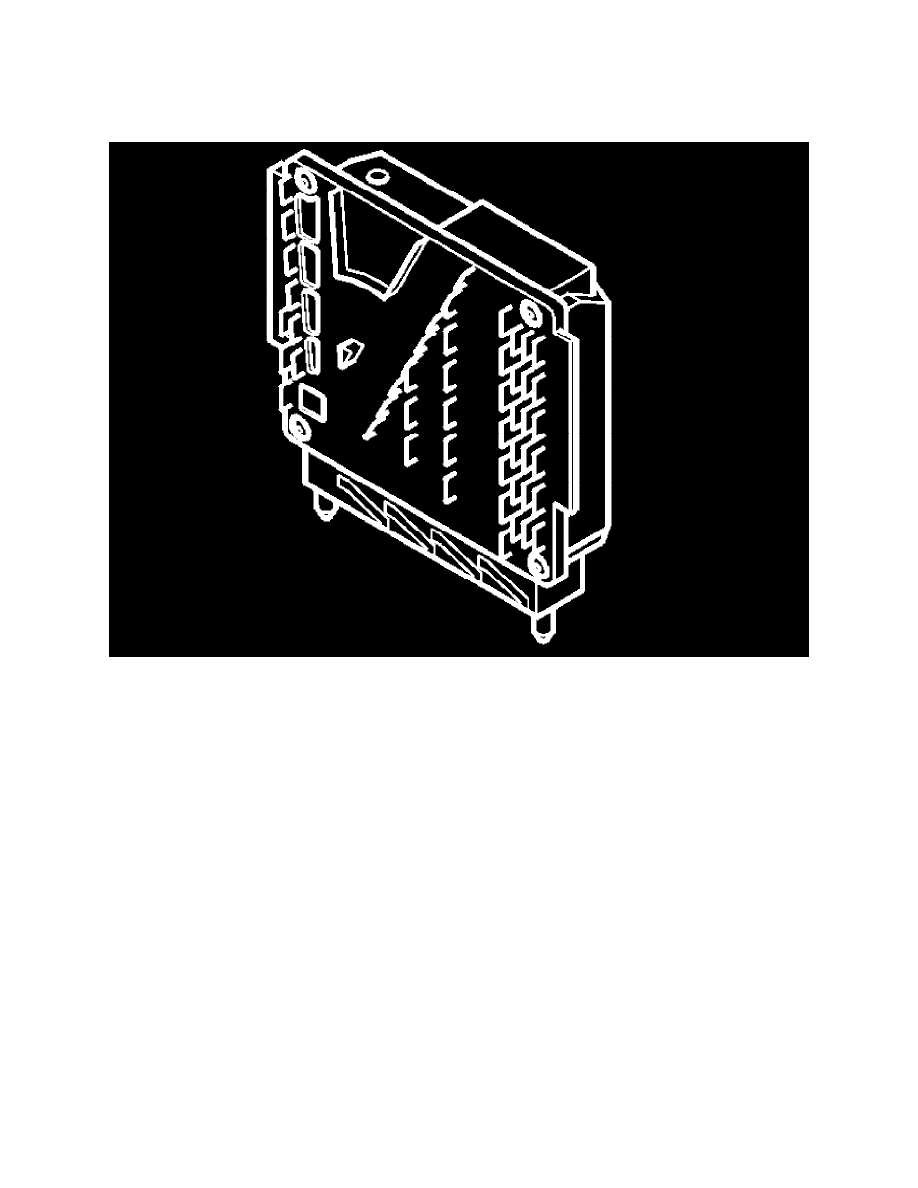V70 2.4 L5-2.4L VIN 61 B5244S (2001)

Engine Control Module: Description and Operation
Denso Engine Management System
System overview
Control module
The Engine Control Module (ECM) controls the following functions:
-
cruise control
-
engine cooling fan (FC)
-
ignition spark
-
knock control, individually for each cylinder
-
sequential multiport fuel injection (SFI) including:
-
the quantity of fuel based on load and engine speed (rpm)
-
the fuel-air mixture corresponding to the signals and fuel trim from the heated oxygen sensors (HO2S)
-
variable valve times
-
idle speed.
The control module is in a box in the engine compartment.
The Engine Control Module (ECM) is directly connected to the components and to the other control modules via Controller Area Network (CAN)
communication.
The control module checks activations and input and output signals via an integrated diagnostic system. A diagnostic trouble code (DTC) is stored if the
control module detects an error. In certain cases the control module replaces the faulty signal with a substitute value.
Any diagnostic trouble codes (DTCs) are stored in the control module memory. The data can be read off using VADIS.
A simple way to check that the engine control module (ECM) is supplied with power is to switch on the ignition. If the warning lamp for emissions
(Malfunction indicator lamp (MIL)) comes on the control module is supplied with power.
For further information, also see Signal specifications.
Signals
